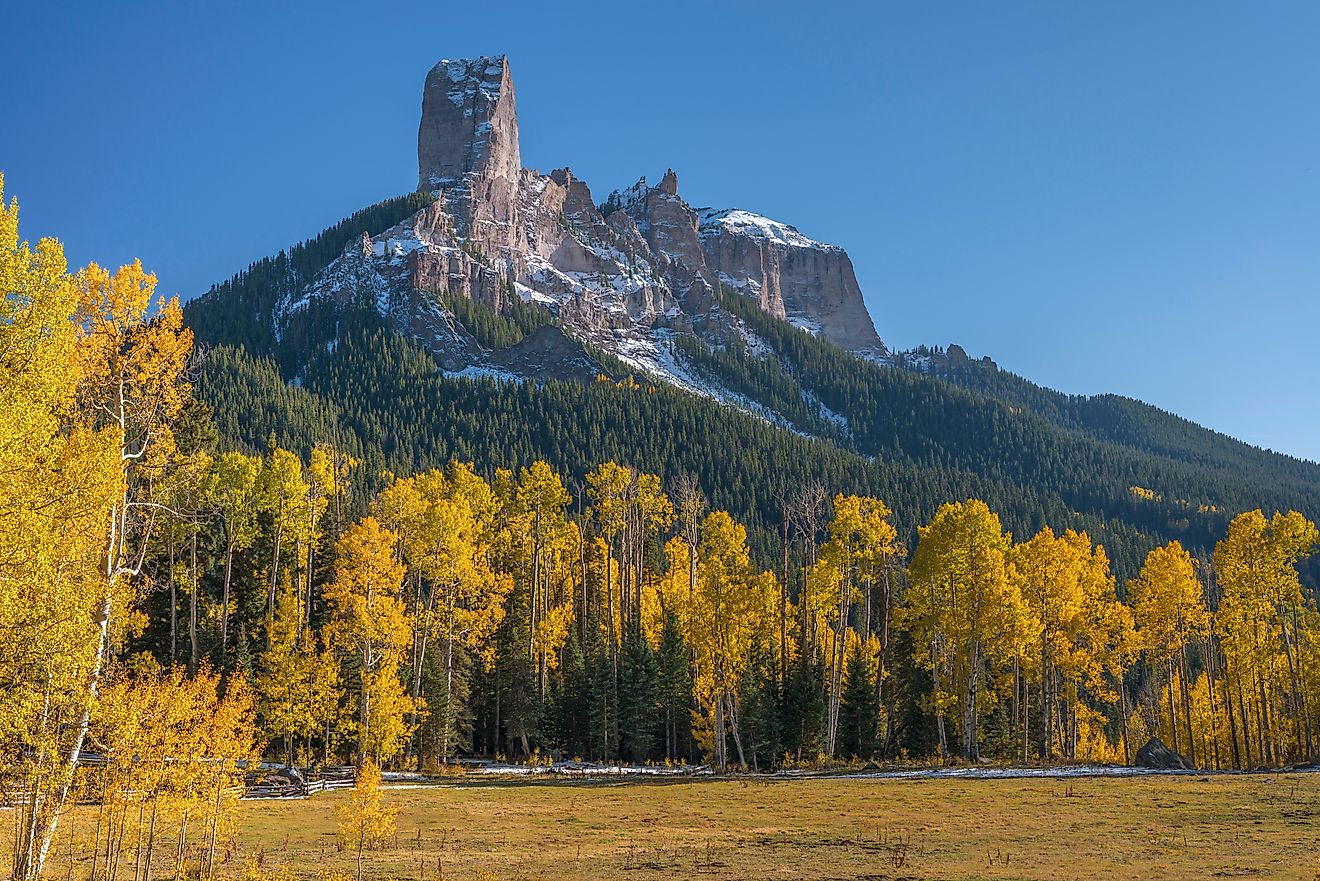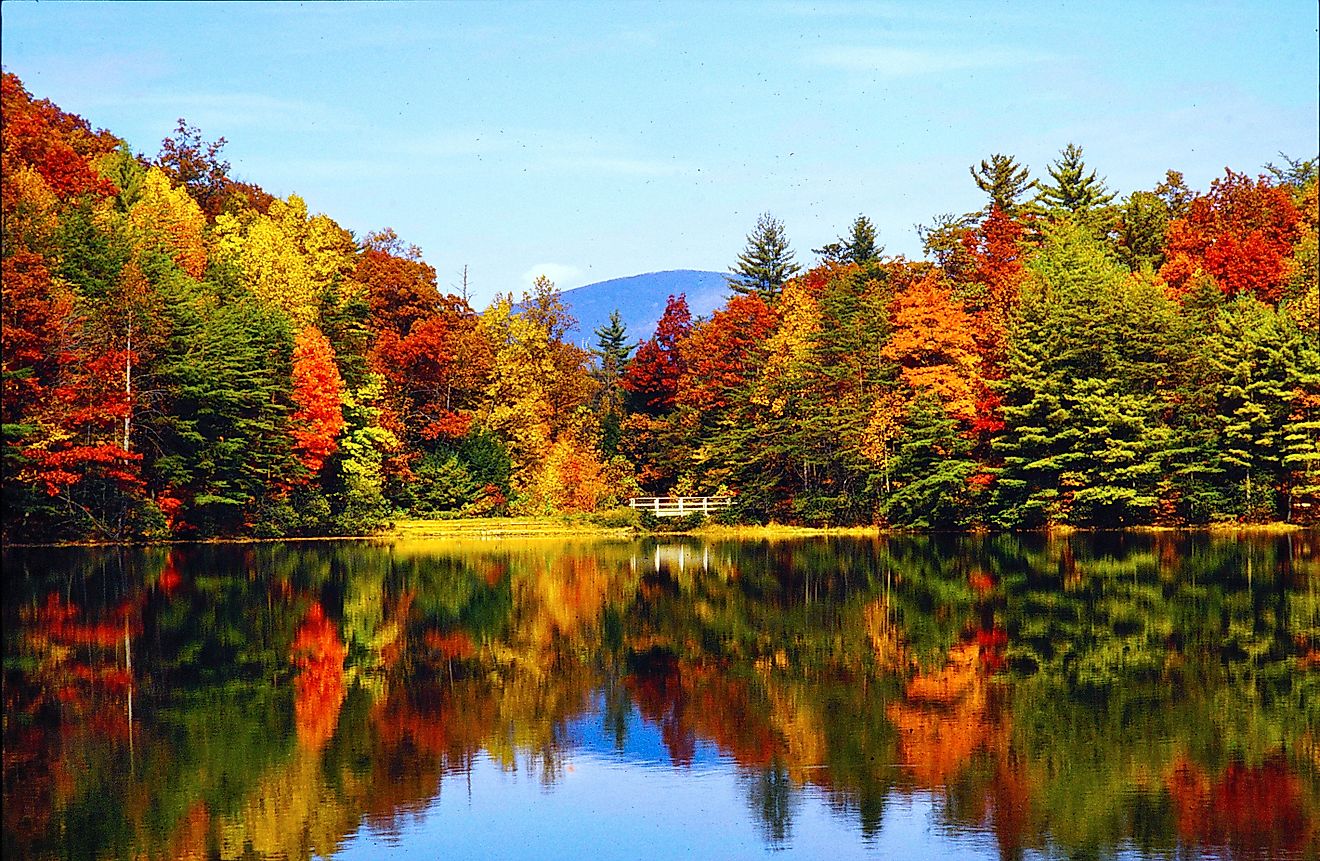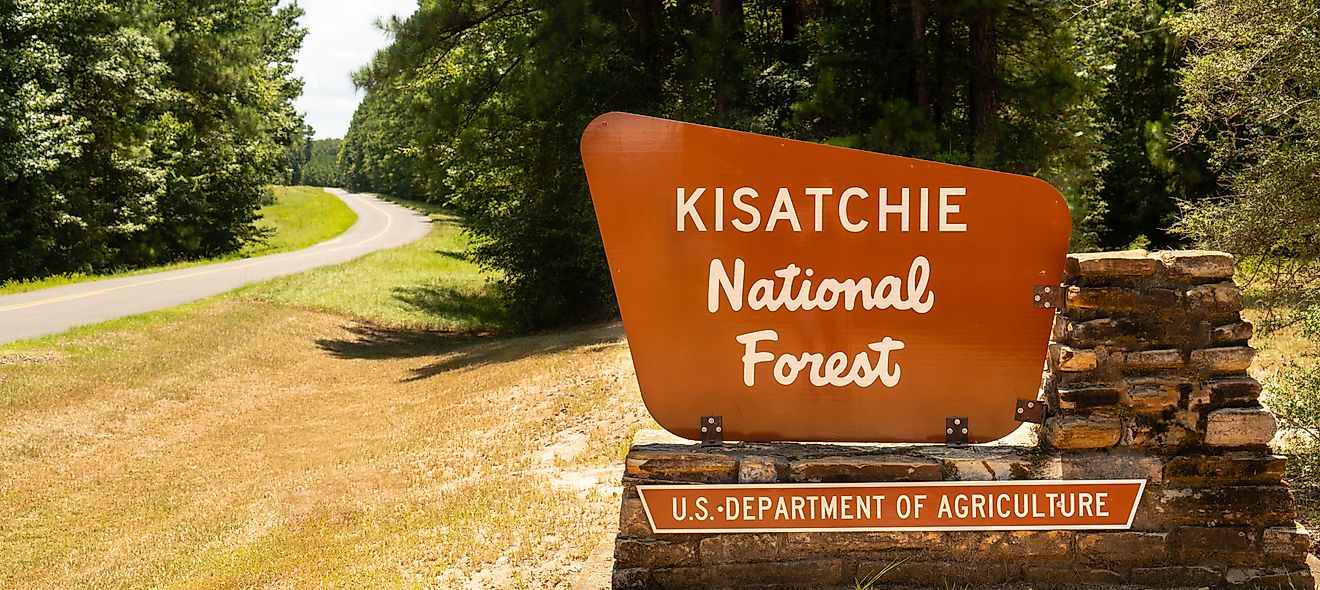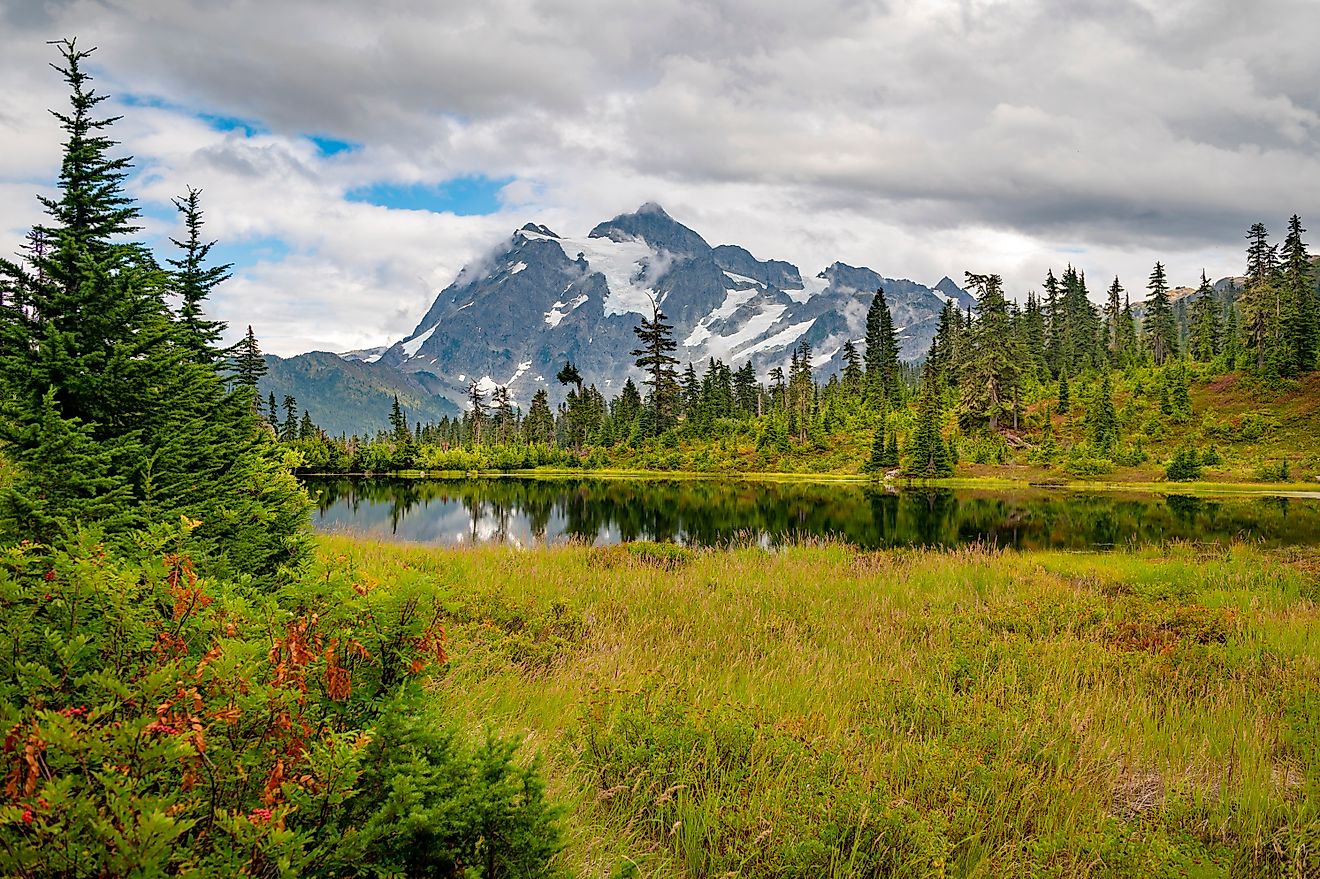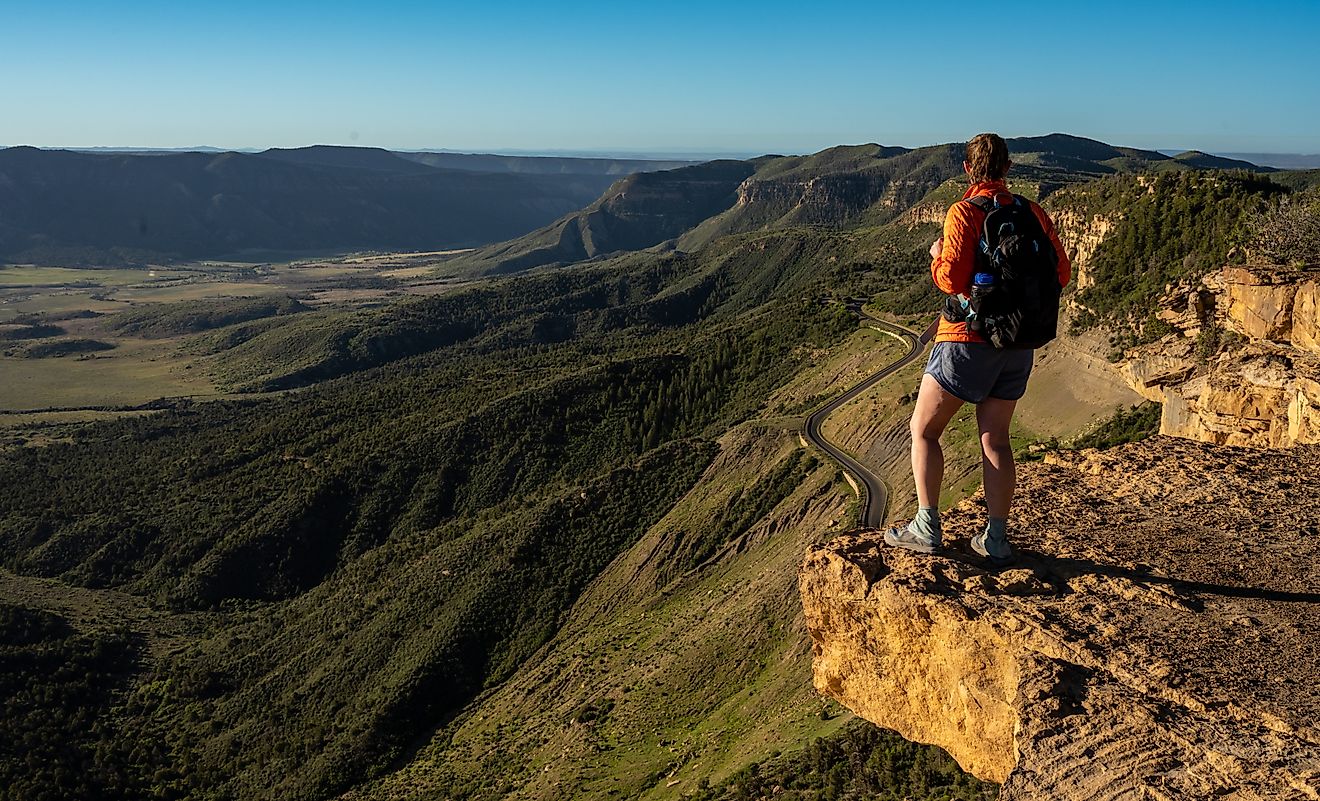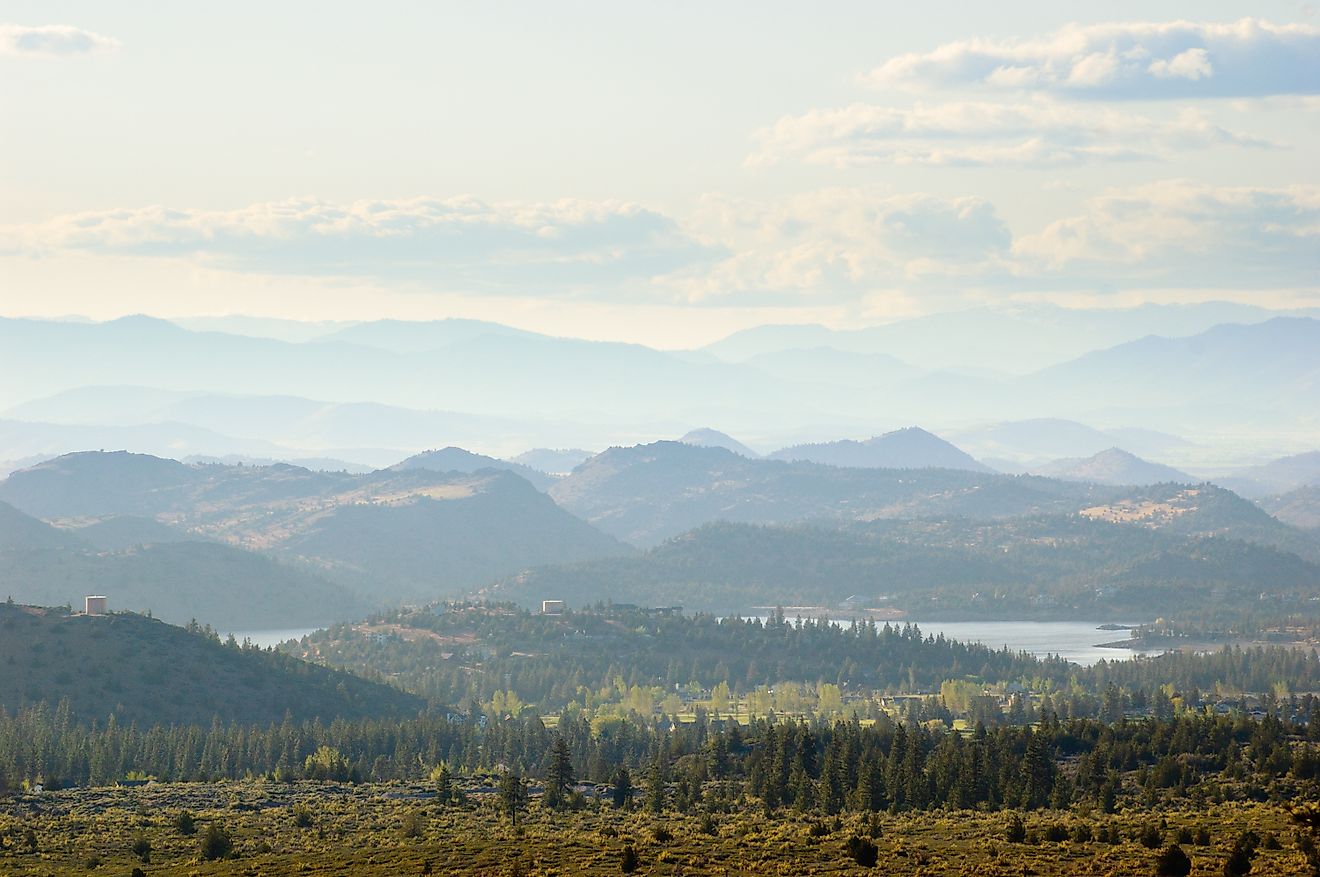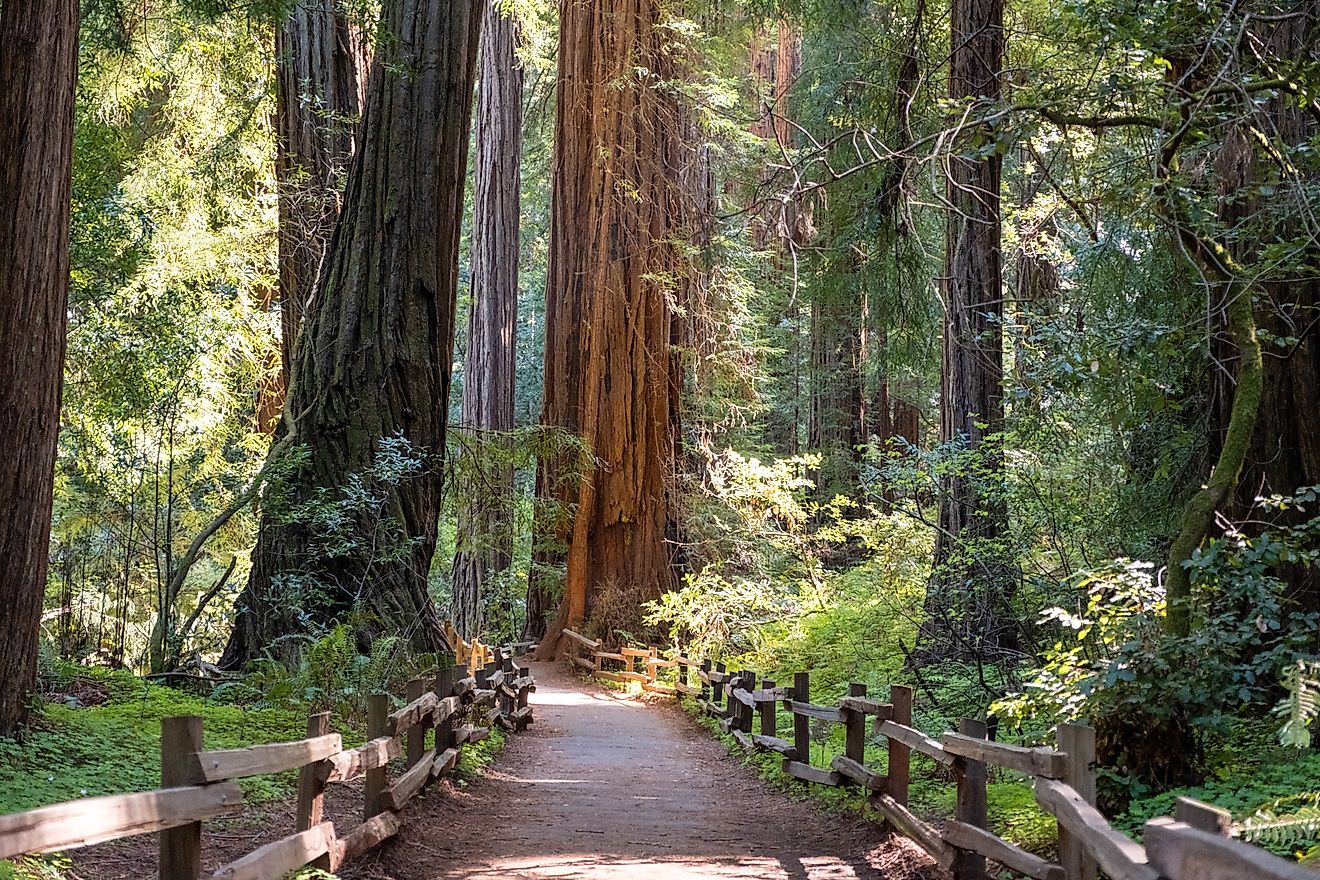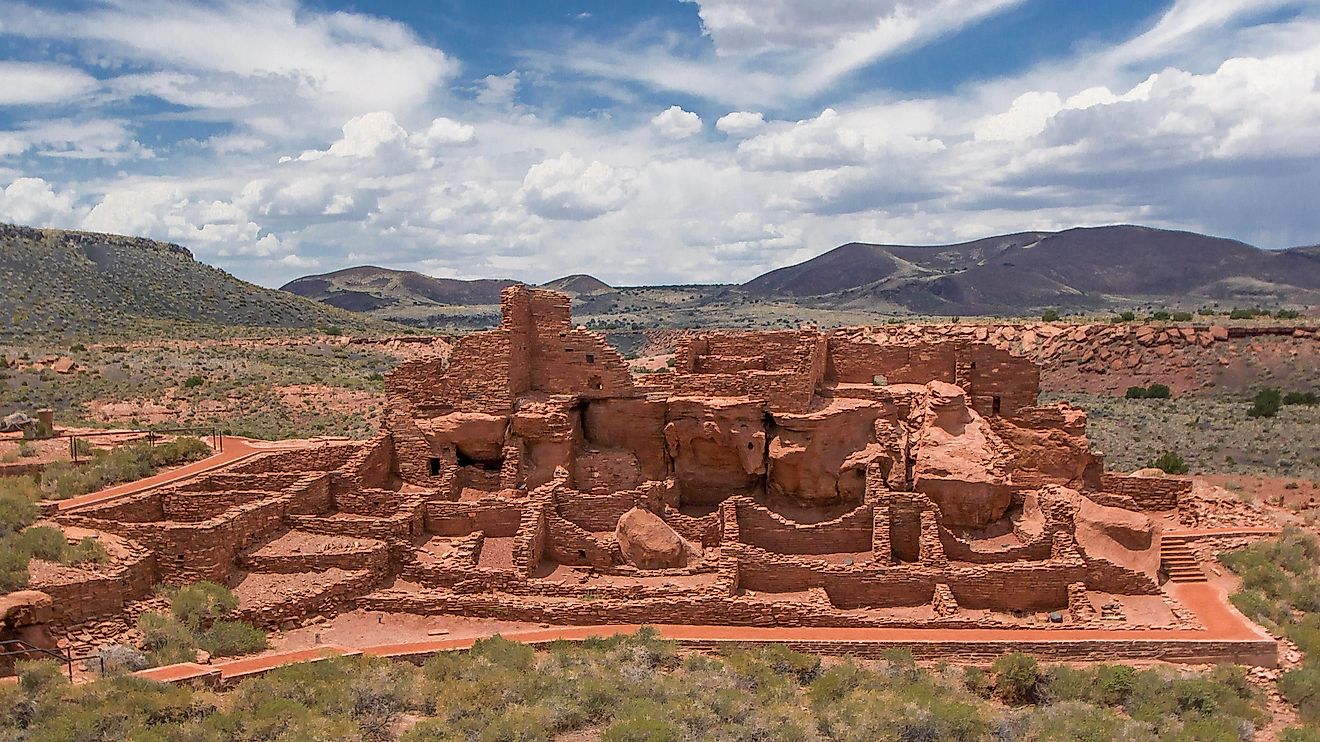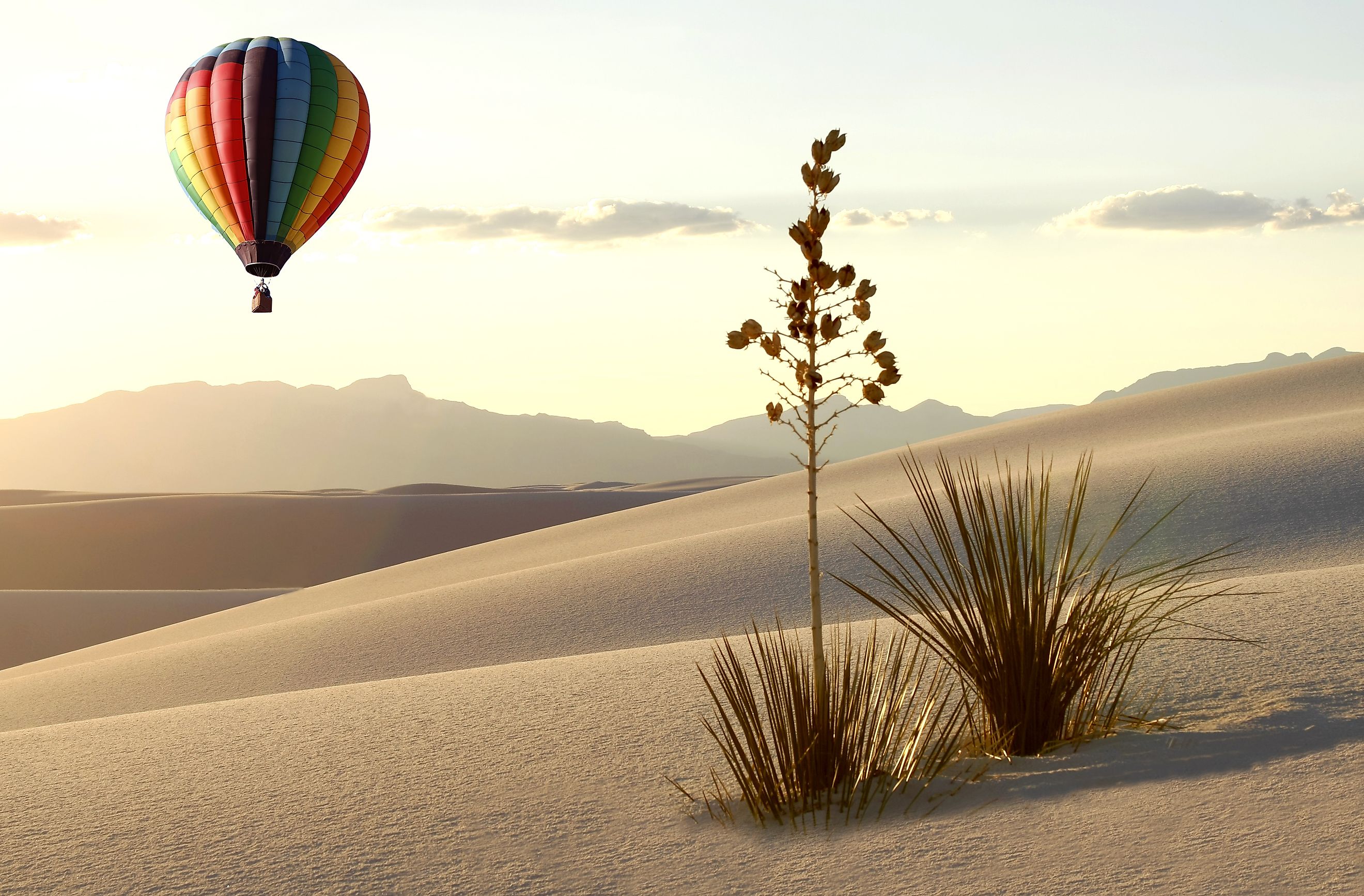
White Sands National Park
In the heart of southern New Mexico, nestled between rugged mountain ranges and surrounded by a web of military installations and ancient history, lies a natural phenomenon so surreal, it often feels like a mirage. White Sands National Park, covering 275 square miles of the Tularosa Basin, is the largest gypsum dunefield on Earth—a vast, dazzling sea of white that stretches as far as the eye can see.
This one-of-a-kind landscape doesn’t just shimmer with beauty—it tells stories etched in stone, sand, and sky. From ancient mammoth footprints to Cold War missile tests, White Sands is as much about history as it is about geology. Here’s why this extraordinary national park is more than just a pretty face—and why it’s one of the most fascinating places in America.
A Landscape Sculpted by Time and Chemistry
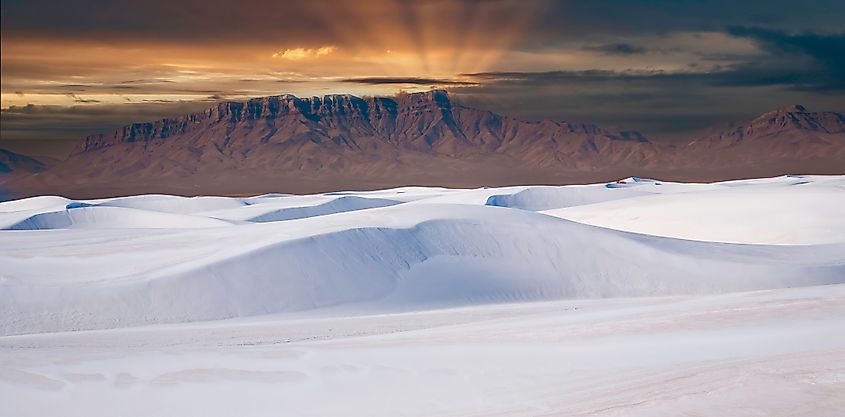
What makes White Sands so unique is not just its beauty, but its geology. Most sand dunes across the globe are made of quartz. Not here. These dunes are composed almost entirely of gypsum, a soft sulfate mineral rarely found in dune form due to its water-soluble nature. But the Tularosa Basin has the perfect mix of evaporation, mineral-rich water, and a closed drainage system that allows gypsum to accumulate, crystallize, and slowly break down into grains fine as sugar.
The process begins with the surrounding San Andres and Sacramento Mountains, whose limestone rock slowly breaks down into gypsum. Rainwater dissolves the mineral and carries it down to the basin’s flatlands. As the water collects in low-lying areas like Lake Lucero, it eventually evaporates in the desert sun, leaving behind selenite crystals. These then break apart into sand-sized particles, blown by prevailing winds to form the ever-moving dunes of White Sands.
The dunes themselves are anything but static. They shift and roll with the wind, rising 10 to 60 feet high, constantly reshaping the landscape. In a single visit, you might see entirely different formations than someone who walked the same trail a week earlier.
The Natural Ecosystems Beneath the White
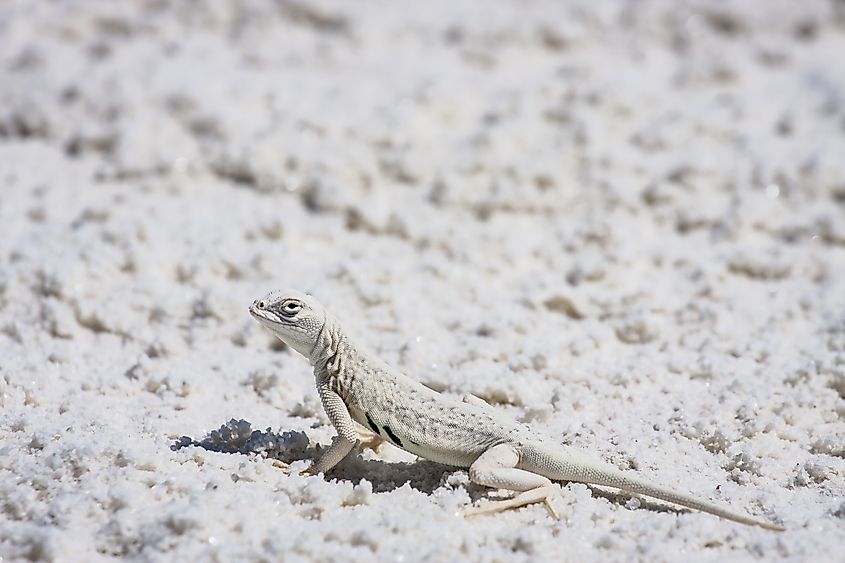
To the untrained eye, White Sands might appear desolate. But this is far from a lifeless desert. The park supports a surprising number of interconnected ecosystems, teeming with resilient flora and fauna that have adapted to the extreme conditions.
Over 800 animal species call the dunes home, many of them white or pale-hued to blend into their surroundings. From sand-colored lizards and pocket mice to unusual black beetles whose tracks crisscross the dunes, life here is subtle but ever-present. Even more remarkable are the stories preserved beneath the surface—fossilized footprints of Columbian mammoths, dire wolves, and giant ground sloths etched into the flat expanses of ancient Lake Otero.
The park’s plant life also plays a crucial role. Desert-adapted vegetation like cottonwoods, soaptree yucca, and saltbush help stabilize the dunes, supporting wildlife and slowing erosion. In the more moisture-rich areas of the park, particularly near the dry lakebeds, a thin crust of cyanobacteria binds the soil, forming a fragile but essential mat that holds moisture and anchors roots.
Human History at White Sands
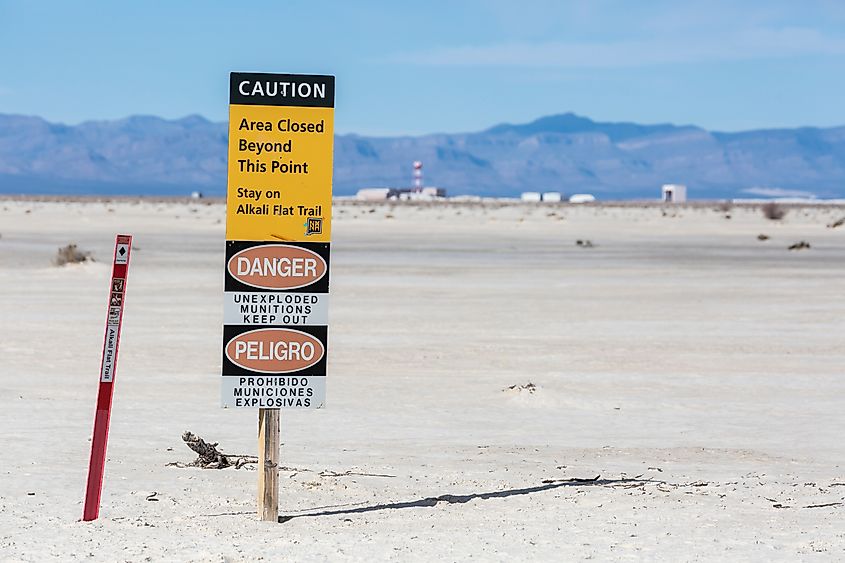
Long before it was designated a national monument in 1933—or a national park in 2019—White Sands had already been home to people for over 10,000 years. The earliest human visitors to the Tularosa Basin hunted mammoths and gathered food along the shores of prehistoric Lake Otero. As time passed, their descendants built more permanent settlements, drawn by the region’s rare freshwater resources and moderate climate.
Spanish explorers arrived centuries later, searching for salt, gypsum, and other valuable minerals, followed by miners and ranchers in the 19th century who made use of the basin’s broad grasslands. In the early 20th century, families like the Luceros ran large ranching operations, some of which—like the Lucero Ranch—are still preserved within the park and recognized for their historical significance.
But the course of the basin’s story shifted drastically during World War II, when the US military established the White Sands Missile Range. Encircling the national park, this massive installation became the site of key weapons tests, including the first detonation of an atomic bomb at the Trinity Site in 1945. Though separated from the park itself, the proximity of these sites ties White Sands to the dawn of the nuclear age and the dramatic transformation of the American Southwest.
Stories That Shaped the Park
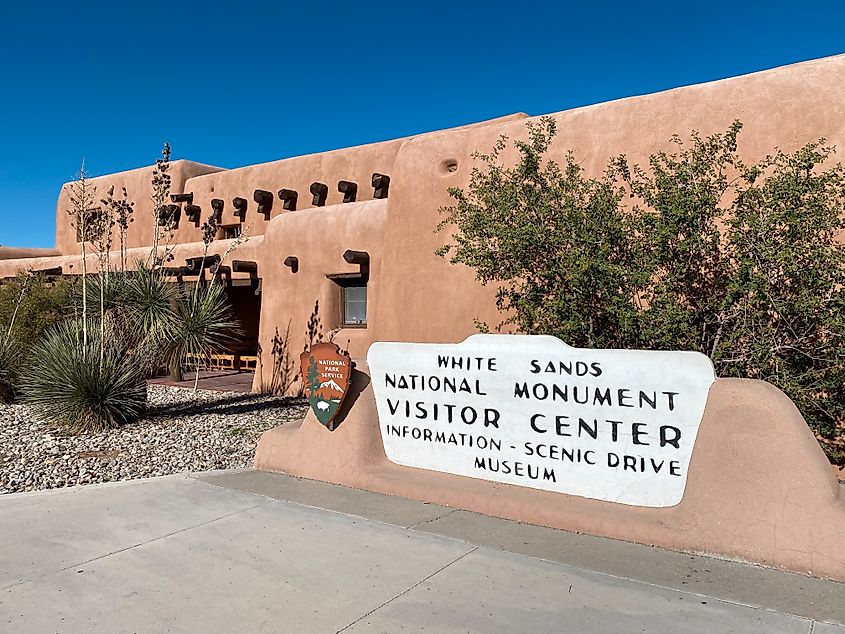
Generations of people have left their mark on White Sands. Some stories are passed down through families who lived and worked in the basin—ranchers who built lives in a landscape that could be harsh and unforgiving. Others are told by the park rangers who care for the land today, stewards of both the environment and its long human history.
These stories have turned the park into a cultural touchstone. The visitor center, located at the park’s entrance, is itself a historic structure and part of a district listed on the National Register of Historic Places. Inside, exhibits showcase the intersection of ecology, history, and art. The surrounding scenery—brilliant white dunes under a dome of bright blue sky—has also made White Sands a magnet for photographers, filmmakers, and visual artists. Its otherworldly glow has served as the backdrop for feature films, music videos, and commercials, helping to burn its image into the national imagination.
A Place for Science and Recreation

While the missile range may represent White Sands’ connection to technology, the park itself has long been a haven for scientific research, particularly in geology, paleontology, and environmental science. Researchers track how quickly the dunes move, how plants adapt to drought, and how fragile crusts of soil support a surprising array of microscopic life.
But the park is also an accessible, family-friendly destination. Visitors can hike boardwalks and backcountry trails, sled down powdery dunes, or take ranger-led sunset strolls to learn about the ecosystem. One of the most popular areas is Lake Lucero, a usually dry playa where selenite crystals form—though it’s only accessible via guided tour due to its sensitive geology.
White Sands offers a rare chance to see a living desert in motion, a landscape so stark it feels lunar, yet so alive it defies expectations. Each visit is different—colors shift with the seasons, dunes migrate subtly overnight, and animal tracks vanish with the next wind.
Threats to a Delicate Balance
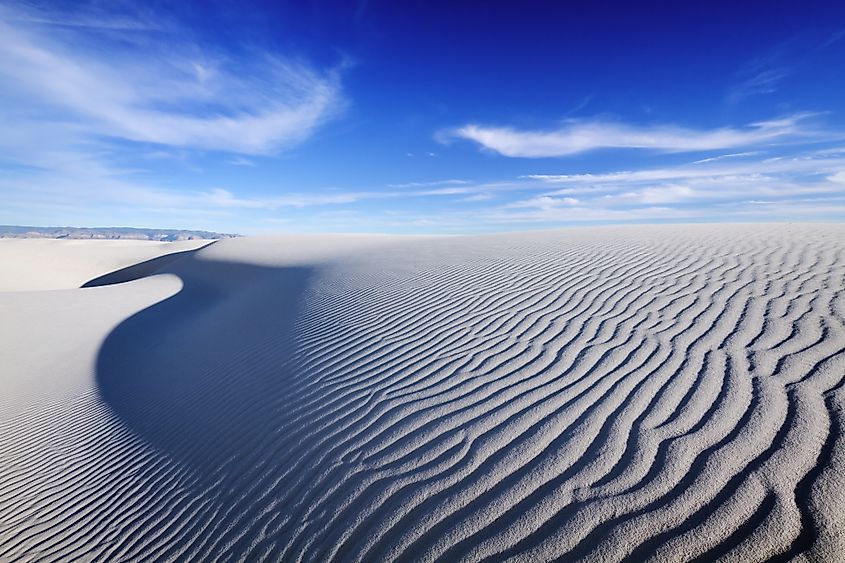
Despite its beauty and protected status, White Sands faces environmental pressures. Its unique ecosystem depends on a delicate interplay of groundwater, wind, and precipitation. Even small shifts in climate can cause changes with cascading effects.
Invasive species, like the salt cedar, threaten to overtake native vegetation. These thirsty plants can consume up to 200 gallons of water a day, outcompeting native flora and altering soil chemistry. Meanwhile, increasing temperatures and evaporation rates pose long-term risks to the region’s shallow aquifer and could disrupt the very processes that allow gypsum dunes to form and move.
Park scientists and conservationists monitor these shifts closely, developing strategies to maintain the balance of this rare desert biome. But the message is clear: preserving White Sands for future generations will require both awareness and action.
The Magic of White Sands After Dark

When the sun sinks behind the mountains and the last light dances off the dunes, White Sands transforms into a celestial wonderland. With minimal light pollution, the park offers exceptional stargazing, drawing night photographers and astronomy buffs from across the country.
The National Park Service hosts occasional full moon hikes and night sky events, adding to the otherworldly experience. In these quiet hours, with the white dunes glowing under moonlight and the Milky Way blazing overhead, it’s easy to understand why this place has captivated humans for millennia.
A Living Wonder in the Heart of New Mexico
White Sands National Park is more than a natural curiosity—it’s a living, breathing chronicle of geology, human endurance, and ecological adaptation. In just one visit, you can walk in the footprints of prehistoric giants, hear the echoes of Cold War innovations, and experience a landscape that seems to shift before your eyes.
This isn’t just one of America’s most unique national parks—it’s a testament to the power of nature to surprise, inspire, and endure. And whether you come to sled the dunes, photograph the surreal landscape, or simply witness the magic of a desert painted white, White Sands promises a journey unlike any other.
